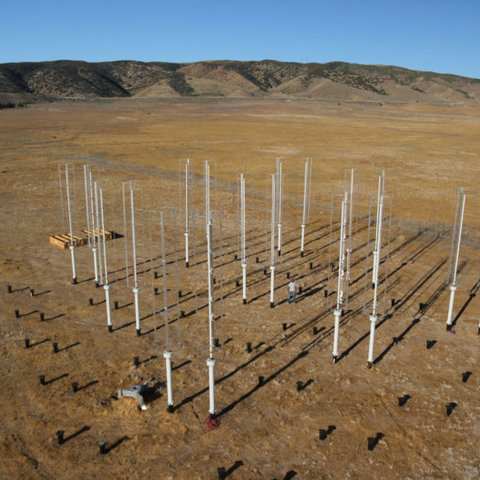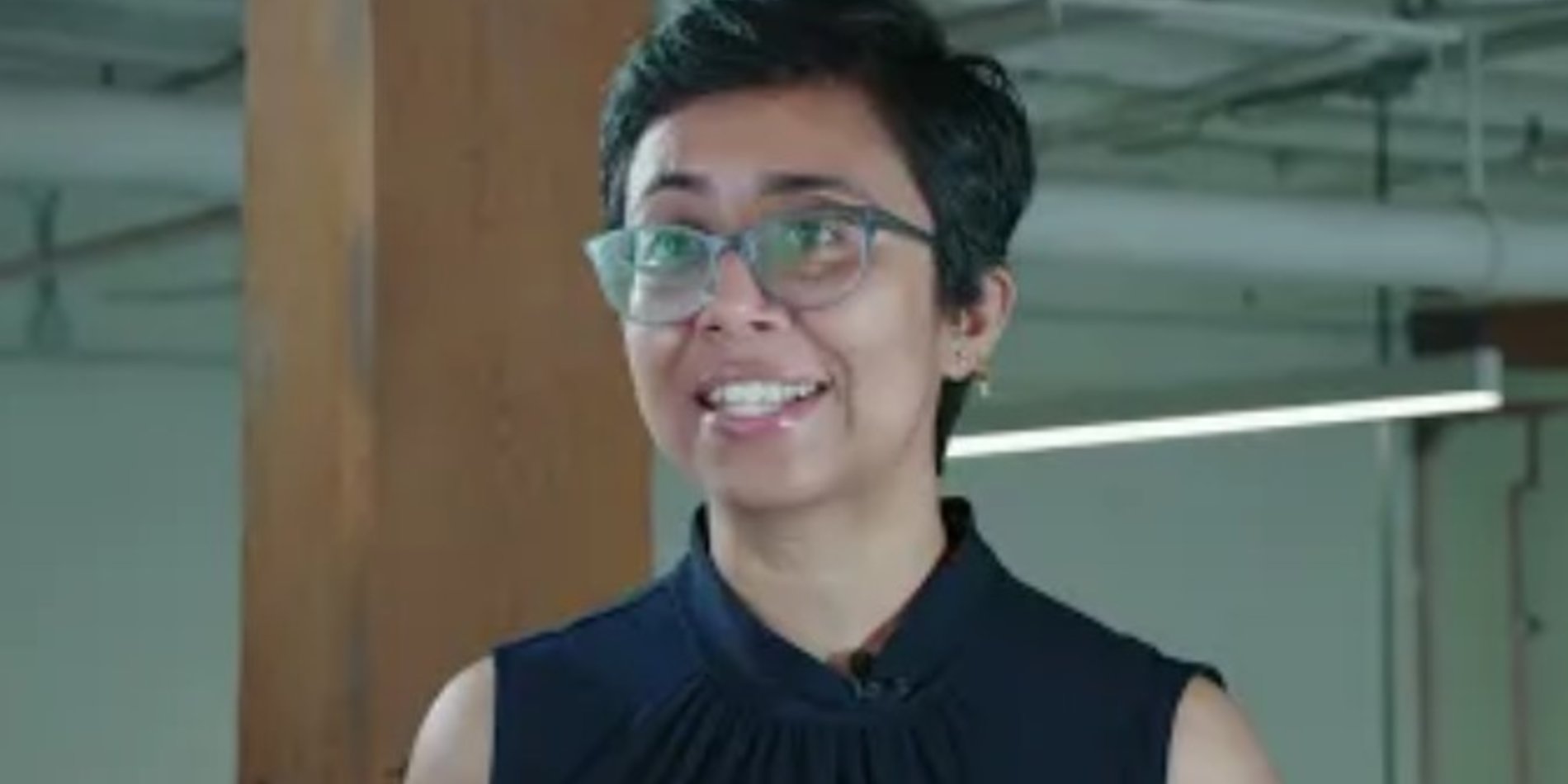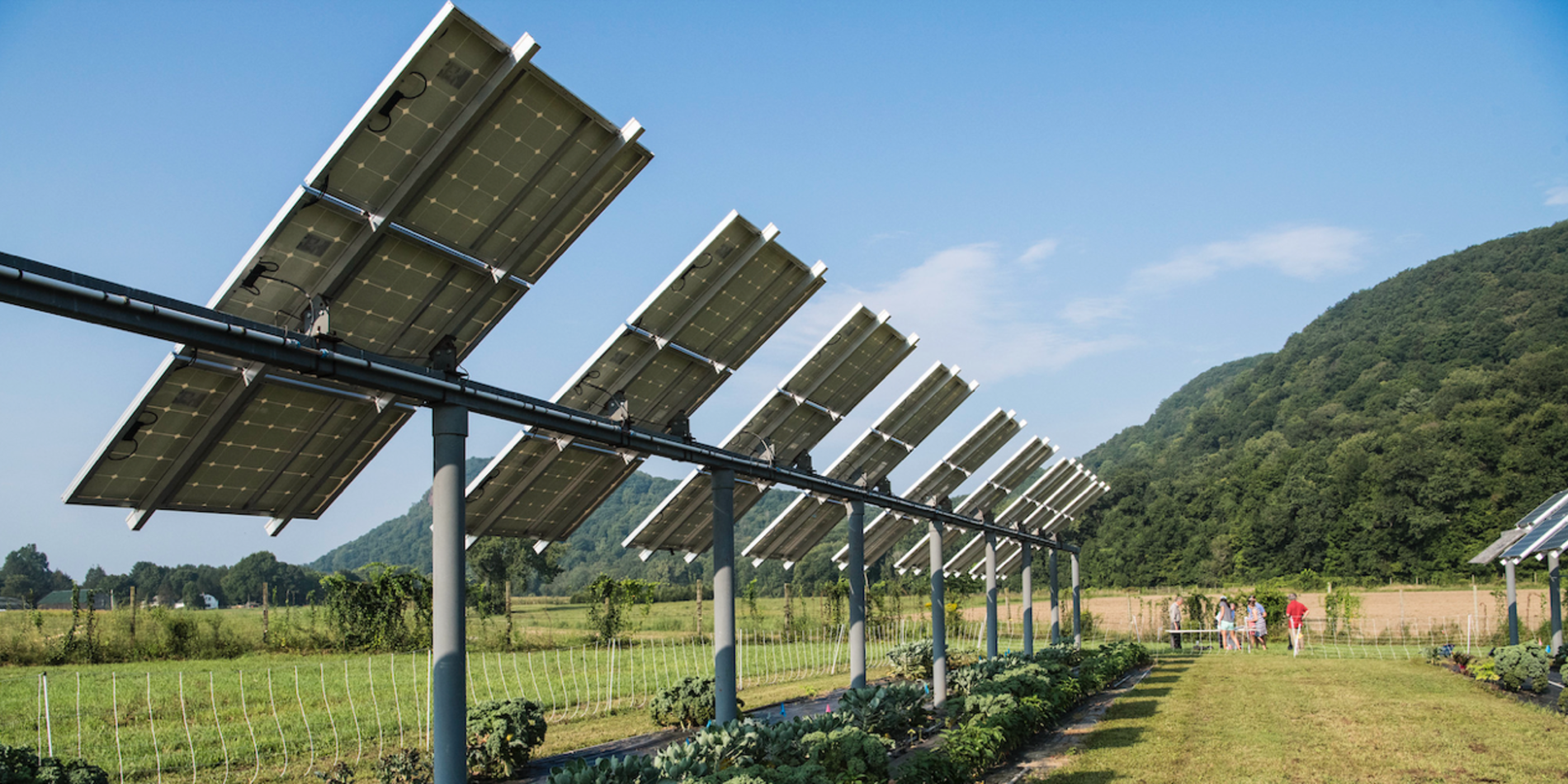News: Seed grants push the boundaries of innovative energy research
The TomKat Center for Sustainable Energy and the Precourt Institute for Energy at Stanford have awarded 15 faculty seed grants totaling $2.7 million for groundbreaking research on clean energy. Launched in 2010, the seed-grant programs fund innovative research proposals with the potential for high impact on energy supply and use.
TomKat Center for Sustainable Energy
“We’re excited to be able to provide funding for six research seed grants this year,” said TomKat Center director Stacey Bent, a professor of chemical engineering. “These projects cover a broad set of topics at the intersection of energy, water and health – from electric vehicles and water purification to batteries and wind farms.”

The following seed grants have been awarded by the TomKat Center for 2016:
A commercial wind farm testbed for performance prediction and optimization tools: Researchers will demonstrate recently developed computational tools designed to enable the optimization of wind farm performance with unprecedented efficiency at significantly reduced cost. PIs: John Dabiri, Civil and Environmental Engineering/Mechanical Engineering, and Sanjiva Lele, Aeronautics and Astronautics/Mechanical Engineering.
Finding the optimal balance between building energy conservation and occupant health protection: The researchers aim to equip building occupants with wireless air sensors that provide real-time data for regulating ventilation and monitoring indoor pollutants. PIs: Lynn Hildemann and Ram Rajagopal, Civil and Environmental Engineering.
Building the power electronics cell: Researchers will design a high power-density, bidirectional AC-DC converter cell that can be combined into a charger-inverter pack that generates enough energy to power an electric vehicle. PI: Juan Rivas-Davila, Electrical Engineering.
Designing a better battery with machine learning: The research team will use machine-learning techniques to screen more than 10,000 promising electrolyte materials for safer, longer-lasting batteries. PI: Evan Reed, Materials Science and Engineering.
Novel fabrication of light-emitting diodes (LEDs): This project seeks to reduce the cost of manufacturing high-efficiency LEDs for industry and consumers. PIs:Bruce Clemens, Materials Science and Engineering, and James Harris, Electrical Engineering.
Aquaporin-copolymer membranes for high-throughput, selective water purification: The goal of this collaboration is to develop a low-cost artificial membrane for purifying water. PI: Andrew Spakowitz, Chemical Engineering; Co-PIs: Michael Toney, SLAC, and Curtis Frank and Elizabeth Sattely, Chemical Engineering.
Precourt Institute for Energy
“The Stanford Precourt Institute has awarded seed grants to nine outstanding research projects,” said institute co-director Arun Majumdar, a professor of mechanical engineering. “I’m especially pleased that this year’s recipients reflect the broad diversity of energy research across campus, including the schools of engineering, law, business and medicine, as well as the SLAC National Accelerator Laboratory.”
The following projects will receive funding this year:
Nanoimaging-inspired battery management system for electric vehicles:The engineers will revamp the management system for lithium-ion batteries to substantially improve their longevity, while shortening the recharging time and increasing their energy density. Principal investigator (PI): William Chueh, Materials Science and Engineering.
Prototyping next-generation scaffold perovskite solar cells: Researchers will demonstrate a new concept in solar-cell architecture to help solve the problem of instability when perovskites are exposed to heat and moisture. PI: Reinhold Dauskardt, Materials Science and Engineering; Co-PI: Peter Yang, Orthopedic Surgery.
Templated metal electrodeposition for smart windows: The objective is to develop a commercially viable smart window that increases the energy efficiency of buildings by automatically adjusting to sunlight. PI: Michael McGehee, Materials Science and Engineering.
Rational design of low-cost polymer-based efficient thermoelectrics: The goal is to facilitate the engineering of cost-effective, polymer-based thermoelectric technologies that convert waste heat into usable electricity. PI: Jian Qin, Chemical Engineering; Co-PI: Zhenan Bao, Chemical Engineering.
A modular multi-level photovoltaic converter:This project aims to minimize cost and power losses in transformers for grid-scale solar installations by developing new technology for the efficient conversion of direct current to alternating current. PI: William Dally, Electrical Engineering/Computer Science.
Development of an energy benchmarking analytics platform: Researchers will develop an open-source analytics platform for benchmarking buildings – the single largest user of energy in the United States – and assessing energy-efficiency. PI: Rishee Jain, Civil and Environmental Engineering; Co-PIs: Dian Grueneich, Precourt Energy Efficiency Center, and Mark Hartney, SLAC.
Enhancing energy efficiency of CO2 splitting in highly complex plasma discharges: The team will use a novel computational algorithm to simulate the chemical processes involved in converting carbon dioxide (CO2) to useful fuels and chemicals. PI: Ali Mani, Mechanical Engineering; Co-PI: Mark Cappelli, Mechanical Engineering.
Balancing renewables, natural gas, carbon capture and storage technologies to minimize cost of decarbonizing the grid – a California case study: This project will examine key policy and technology changes that will make the process of reaching California’s CO2-reduction goals more effective and efficient. PI: M. Elizabeth Magill, Stanford Law School; Co-PIs: Dan Reicher, Law School, and Jeffrey Brown, Graduate School of Business/Law School.
Renewable Energy Systems Integration: Working with a local landowner, researchers will install a small array of vertical-axis wind turbines as a living laboratory to test optimal models for renewable-energy systems. PI: John Dabiri, Civil and Environmental Engineering/Mechanical Engineering; Co-PIs: Dan Arvizu and Stuart Macmillan, Precourt Institute.
This article is adapted from the Stanford Report.



